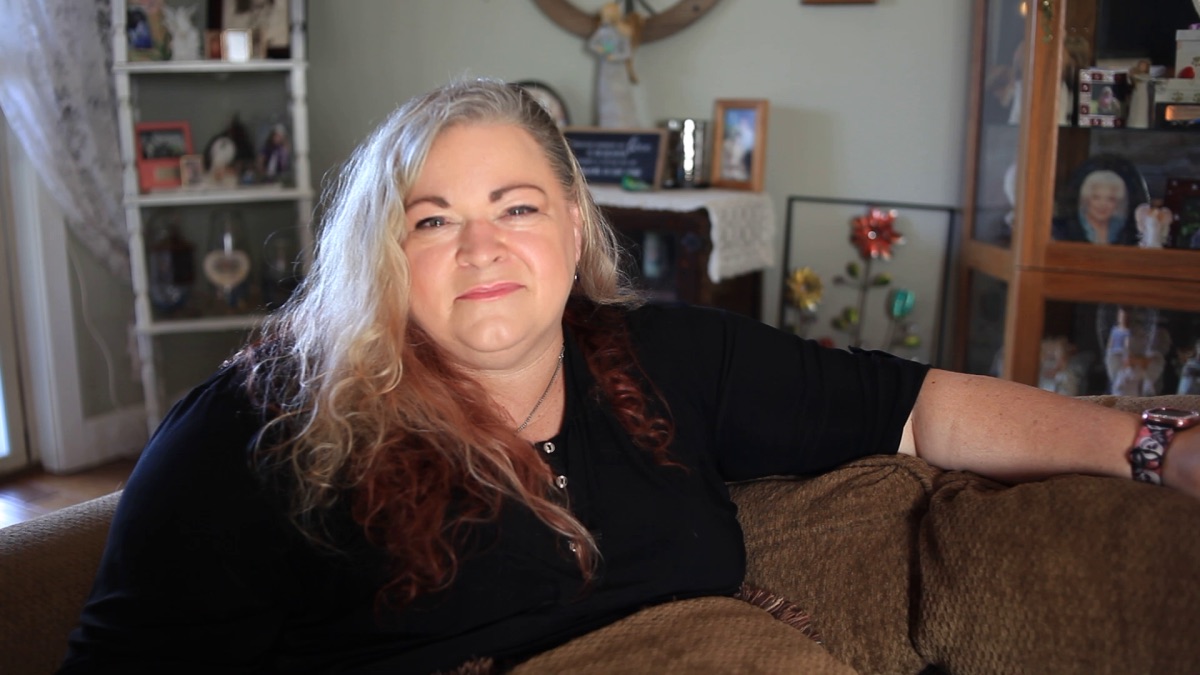WA Cares Will Pay For Family Caregiving

Caregiving Impacts Everyone
Someday, most of us will need care. Whether it’s from an accident, illness, or aging, we may need help with daily tasks like getting dressed and preparing meals. Even if we don’t end up needing help, chances are, someone in our family will need caregiving. There are different types of caregiving available when we need assistance with daily living. We can hire in-home caregivers or get support from family caregivers if we want to stay in our homes. If we need more help or want to move, there are residential facilities, like retirement homes and assisted living facilities.
Caregiving isn’t just for seniors. The need for help at home can come at any time. Caregiving includes help with many daily living activities, not just medical tasks. For example, caregiving includes meal preparation, help getting dressed, or help moving around the house. Caregiving also includes help with hygiene tasks and taking medications. Caregiving assistance can help us stay in our homes when we need support after an injury, illness, or due to aging.
WA Cares offers flexibility when we need caregiving services. By contributing a small amount while you’re working, you build WA Cares benefits that you can use when you need care. You can pay a loved one for their time caregiving, or hire in-home caregiving services so your family members can keep working. If a loved one needs care, they can use their WA Cares benefits to pay you or hire a caregiver so you can stay in your career.
Family Caregiving
Today, caregiving is expensive and long-term care costs are high. Many of us can’t afford to hire a caregiver. Private long-term care insurance and Medicaid do not pay for family caregiving. This means that many family caregivers have left careers to care for loved ones. WA Cares means that we won’t have to leave the workforce to care for family. We can pay a loved one for their valuable caregiving work, or we can hire an in-home caregiver.
Right now, there are about 820,000 unpaid family caregivers in Washington. More than half of these unpaid caregivers have provided care for at least two years. Unpaid family caregiving is a huge cost to our economy. This unpaid work takes labor and money out of our communities, and many family caregivers have left successful careers to care for loved ones. Most often, family caregivers are women or people of color.
In fact, 1 in 4 workers have left the workforce for caregiving responsibilities. Even after leaving the workforce and losing their income, family caregivers often have to pay for caregiving supplies and expenses. Nearly 8 in 10 caregivers report paying an average of $7,242 every year on caregiving costs for things their loved ones need.
Family caregivers who leave their jobs for caregiving lose an approximated $300,000 in lost income, retirement savings, and benefits. The unpaid caregiving they provide is worth the equivalent of an annual $10.6 billion in paid care. But there’s good news – your WA Cares benefits cover family caregiving! When you need care, you can pay a loved one for their caregiving responsibilities, from meal preparation to help with medication or getting dressed. WA Cares benefits will allow your loved one to be a part of the workforce while caregiving.
Paying family caregivers for their important caregiving responsibilities values and supports the work they do. It addresses the gender and race gap in unpaid care, increasing equity and keeping our families from having to make impossible choices between employment and caregiving.
Family Caregiving: Christina’s Caregiving Story

Christina spent many years as an unpaid family caregiver. When her mom had a stroke at the age of 63, she took on many important caregiving responsibilities.
Christina and her mom both worked great careers in tech, and had savings and retirement accounts. But Christina’s mom had a stroke while she was still working. Without WA Cares, they didn’t have many options. They had to spend down her mom’s savings account, retirement savings, and sell her home to qualify for Medicaid. Christina left her job in tech right in the middle of her career, becoming one of the 25% of workers who leave the workforce to care for loved ones. She took on significant caregiving responsibilities for her mom as an unpaid caregiver.
Now, Christina advocates for WA Cares so that all of us can have a safety net to pay for unexpected caregiving costs. If Christina and her mom had WA Cares, she could have stayed in her career or gotten paid for her crucial caregiving responsibilities. Now, working Washingtonians like Christina can build WA Cares benefits with small contributions. This way, when we need help, we can pay a loved one for their care.
“Between us we had savings – we thought we’d be fine. Well, within a year and a half we had drained both our 401K’s, we had to sell our homes, and start having garage sales and gofundme campaigns to be able to pay for care.
-Christina Keys
I had to leave my career to care for my mom. WA Cares provides flexible, affordable benefits for working Washingtonians. WA Cares is a giant step in the right direction.”
In-Home Caregiving
Family caregiving isn’t the only option when we want to stay in our homes after an injury, illness, or as we age. We can use our WA Cares benefits to pay an in-home caregiver for the assistance we need.
The $36,500 WA Cares benefit pays for about 1058 hours of care. That’s 1058 hours of meal prep, help with getting dressed, and help moving around the house. WA Cares benefits are adjusted annually for inflation, so even if you don’t need caregiving help for 30 years, you’ll still be able to pay for care.
Any of us can end up needing assistance with daily living at any time. Even though many of us often think of long-term care as something that we’ll only need as we age, caregiving is often necessary much sooner. Unexpected events like an injury, illness, or pregnancy can mean we need care at any age. When we do, many of us won’t want to, or even be able to, rely on our loved ones for caregiving tasks.
With WA Cares, we can pay for in-home caregiving. When we need help with things like meal preparation, getting dressed, or moving around, our loved ones can stay in their jobs. They won’t have to leave the workforce, or give up their income, retirement savings, or benefits to make sure we have the help we need. And when our loved ones need help themselves, we won’t have to leave our careers to care for them.
In-Home Caregiving: Dani’s Peace of Mind
Dani never thought she’d need caregiving help. Like many young professionals, she was not thinking about long-term care or assistance with daily living. Unfortunately, Dani was partially paralyzed in a routine medical procedure when she was only 30. Right now, she’s still working. So is her husband, Sam, while they raise their young son.
But Dani knows that soon she’ll need more help with daily tasks, likely while Sam is still in the middle of his career. That’s why Dani’s glad she’s building WA Cares benefits. When she needs more assistance, Sam won’t have to leave his career for caregiving responsibilities. Because Dani has WA Cares, Sam will be able to keep working, keeping an income, growing retirement savings, and maintaining their family’s healthcare benefits as their son grows up.
The rest of us have that same peace of mind. Working Washingtonians are already building WA Cares benefits. When we need help with daily tasks, we can pay for in-home caregiving so our loved ones can stay in their careers.
“If Sam had to quit his job to become a caregiver for me, we’d have to sell our house and our savings would be non-existent. I don’t know how we’d make it financially.
-Dani & Sam
Fortunately for Sam, myself, and other hard-working Washingtonians, we will have an option our grandparents didn’t have. We’ll be able to tap into our WA Cares Funds to pay for care at home.”
More About WA Cares & Long-Term Insurance Costs
Do you want to learn more about WA Cares and caregiving? Start with one of our posts below, like “How Much Is The WA Long Term Cares Tax?” If you’re still curious about other topics, take a moment to learn more about long-term care insurance or long-term care insurance costs.
WA Cares is a new program, and we’re getting lots of great questions about WA Cares benefits. If you have questions too, take a look at our FAQ or contact us!